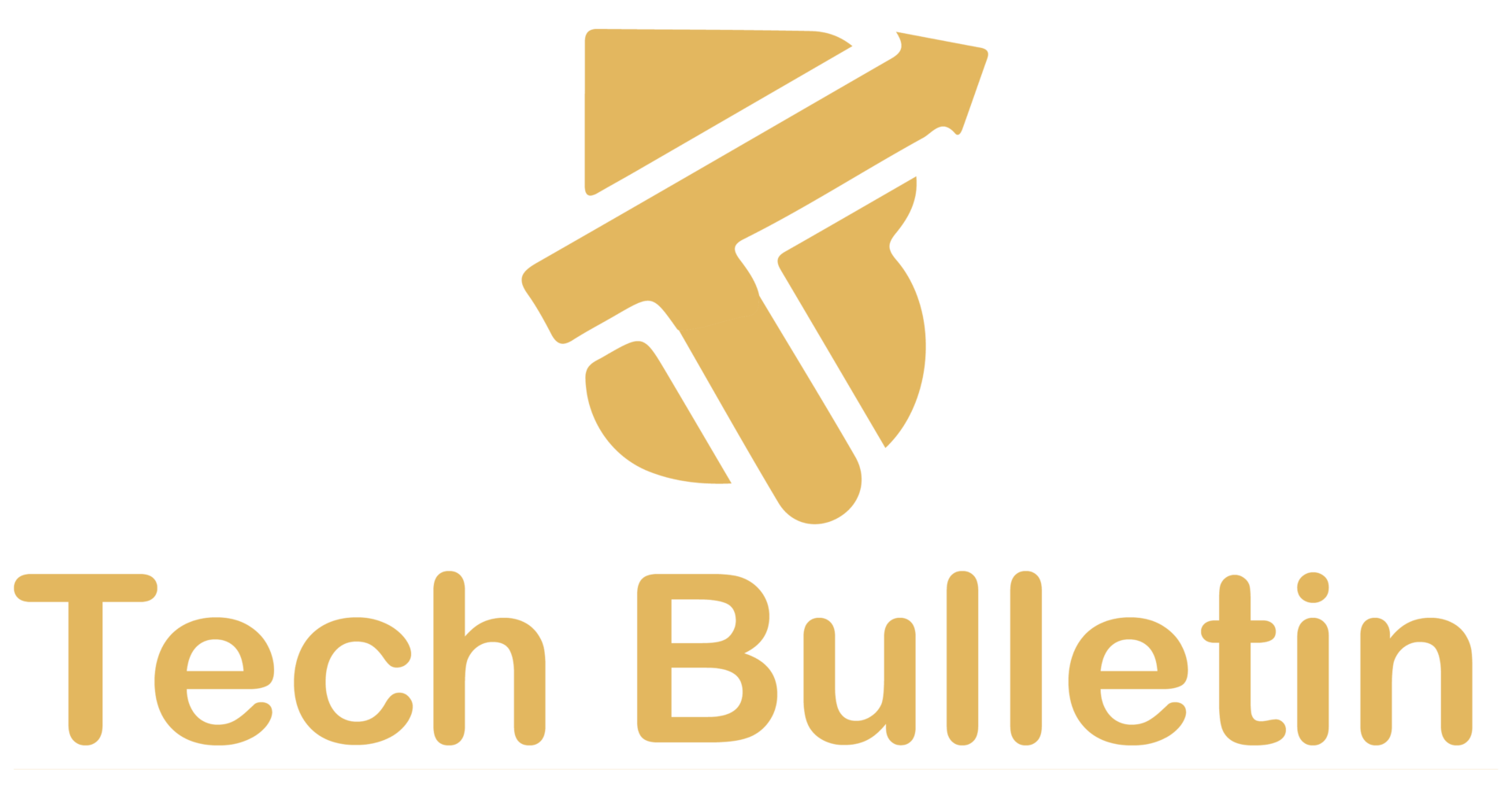Data Entry Automation: A Smarter Way to Save Time and Eliminate Errors

The business world thrives on information. But as helpful as data can be, manually entering and managing it can quickly become a bottleneck.
From sales reports to customer forms and inventory records, repetitive data tasks can weigh teams down and lead to unnecessary errors. Fortunately, there’s a smarter way to handle it all.
That’s where data entry automation comes in. By removing the need for manual input, it allows your team to focus on what truly matters: strategy, creativity, and growth.
Understanding the Basics
Data entry automation uses software to perform repetitive data tasks with minimal human involvement. These tools pull information from emails, forms, PDFs, or other systems and input it directly where it’s needed, whether that’s a CRM, an inventory system, or a spreadsheet.
Some platforms use rule-based logic, while others are powered by artificial intelligence or machine learning to handle more complex inputs. Either way, the goal is the same: fewer mistakes, faster workflows, and smarter resource use.
Big Benefits in Small Changes
Automating your data pipeline doesn’t require a complete system overhaul. In many cases, businesses start with a single tool or workflow and gradually scale.
Here’s what you can gain right away:
Fewer Mistakes
Once programmed correctly, automation tools deliver precise results every time. No skipped lines. No transposed numbers.
Time Back on the Clock
What once took hours can be reduced to seconds. Teams can use that time to focus on tasks that need critical thinking or personal interaction.
Lower Operational Costs
You can do more with fewer resources. For many companies, it means reducing overtime or reallocating staff to areas where they’re most needed.
Real-Time Access to Information
Automation speeds up the flow of data, ensuring that the most up-to-date figures are available when they’re needed most.
Where Data Entry Automation Delivers the Most Impact
You don’t need to automate everything at once. Start small by identifying the most repetitive and time-consuming tasks. Tools like Zapier, Make, or Microsoft Power Automate make it easier to create these workflows without needing to write code.
Common use cases of data include:
- CRM Updates: Automatically add or update client data collected from online forms or sign-ups.
- Invoicing: Extract details from scanned documents or PDFs and feed them into billing systems.
- Inventory Management: Sync stock levels across platforms without lifting a finger.
- Email Parsing: Pull relevant details from structured emails and input them into project trackers or spreadsheets.
A Simple Roadmap to Get Started

Step 1: Identify Repetitive Tasks
Look at daily operations and flag anything that involves copying or pasting data.
Step 2: Choose the Right Tool
There are dozens of platforms designed for different business sizes and needs. Research or test a few to find the best fit.
Step 3: Create Your First Automation
Start with a low-risk task. For example, send form responses directly to a Google Sheet or CRM.
Step 4: Monitor and Adjust
Track results and make tweaks as needed. Regular reviews help you refine and improve.
Step 5: Expand Over Time
Once you’re comfortable, build more automations or explore tools with AI capabilities to handle more complex workflows.
A Few Considerations to Keep in Mind

No system is perfect, and data entry automation comes with its own set of challenges. Here are a few things to keep in mind:
Initial Setup Time
While automation saves time in the long run, getting started might take some effort and training.
Compatibility Issues
Not all systems integrate smoothly, so you may need connectors or custom solutions.
Monitoring
Automations need regular checks to ensure they’re working correctly, especially when systems or input formats change.
Keep Data Clean
Bad input leads to bad output, even in an automated setup.
The Shift Toward Smart Data Entry Automation
Instead of relying on outdated methods, companies are now turning to intelligent tools. These solutions can collect, process, and transfer information between systems with minimal human input.
Whether pulling customer emails from forms or transferring supplier details into accounting software, automation software is designed to mimic the keystrokes of a data-entry clerk, only faster and more accurately.
And it’s not limited to large enterprises. Even small businesses are finding that automating just one or two key workflows frees up enough time to make a noticeable difference in daily operations.





